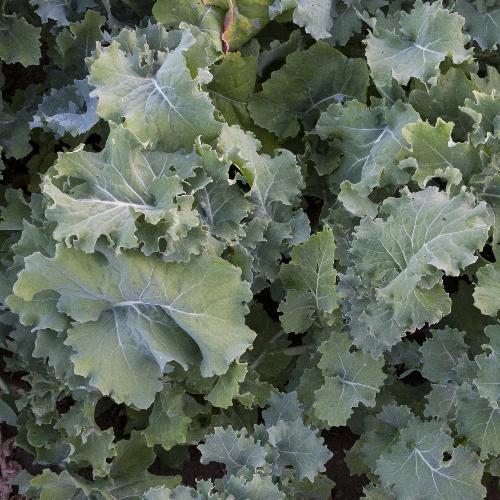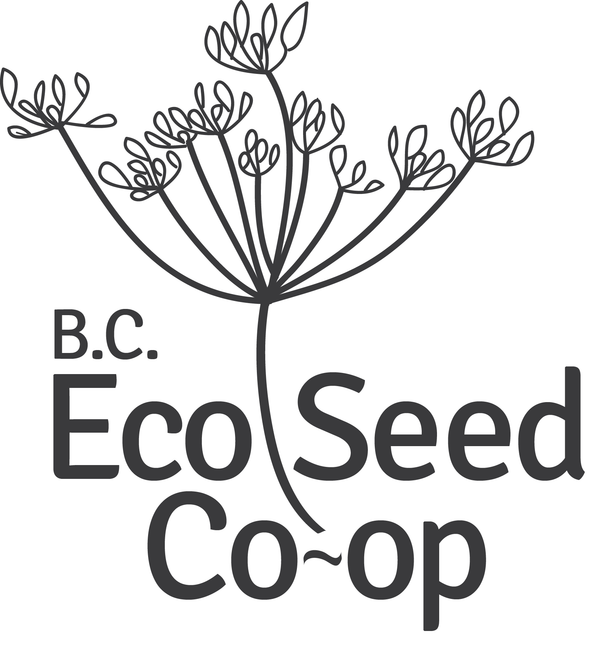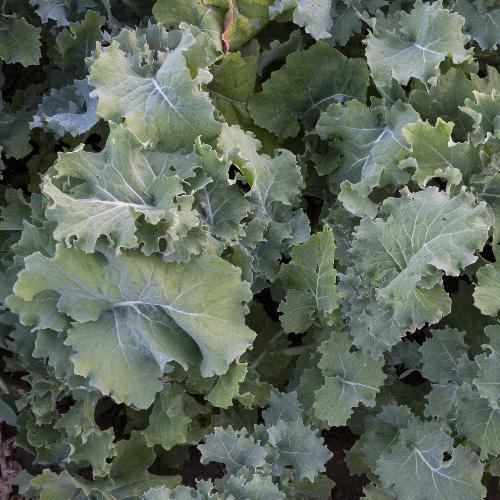UBC Farm
KaleGrand Forks Siberian
Kale
Grand Forks Siberian75 Days
Certified Organic
Couldn't load pickup availability
Brassica napus
Siberian kale is the hardiest kale type out there for overwintering and also extremely vigorous. This population of was saved from seeds donated by Sheila Dobie from Grand Forks and noted for its winter hardiness in that region. It is recommended to start it in June/July for fall and winter harvest (it’s also very tasty in spring). Harvest regularly to maintain good plant health and provide air circulation. Seeded in spring, this kale will perform fine but the vigour might make it hard to maintain the plant in healthy conditions.
Certified Organic
Growing kale
Kale prefers a well-draining fertile soil with high organic matter (compost) and a pH range of 6.0–7.5. Plant from early spring to ~3 months before expected fall frost. For bunching, sow 3–4 seeds every 12–18", ½" deep, in rows at least 18" apart. Thin to 1 plant per group. For baby leaf, sow tighter (60 seeds/ft) in a 2–4" wide band. If starting indoors, seedlings should be ready to transplant in 4 weeks. Kale prefers cooler growing temperatures, 55–75°F (13–24°C) as a minimum, optimal of 60–70°F (16–21°C), but will still produce in warm summer conditions. Consistent moisture will produce the best quality leaves. For fall crops start seedlings in May transplanting out in June–July. To ensure maturity, seed early in areas where heavy freezes occur early in fall. Can be grown successfully where winters are mild (temperatures rarely below 32°F/0°C), transplanting out from September to February in such climates.
Share


